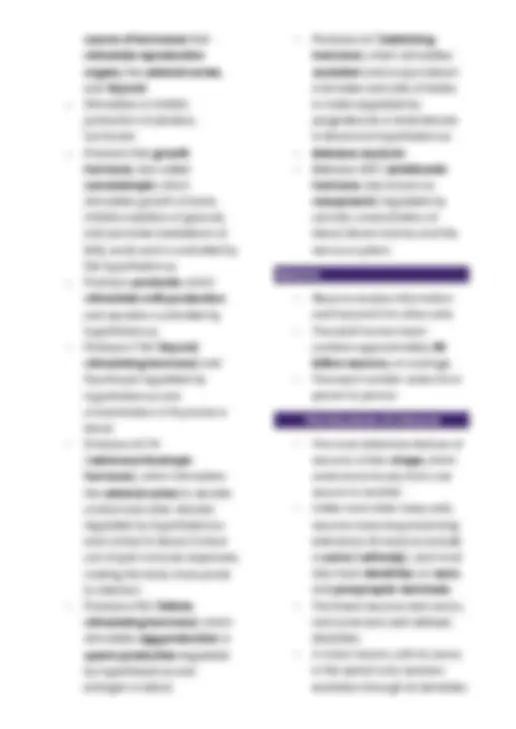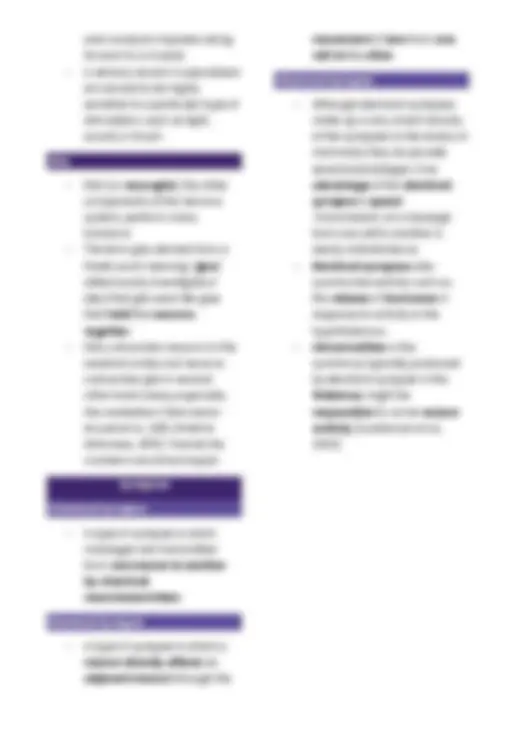




Study with the several resources on Docsity

Earn points by helping other students or get them with a premium plan


Prepare for your exams
Study with the several resources on Docsity

Earn points to download
Earn points by helping other students or get them with a premium plan
Community
Ask the community for help and clear up your study doubts
Discover the best universities in your country according to Docsity users
Free resources
Download our free guides on studying techniques, anxiety management strategies, and thesis advice from Docsity tutors
The document contains the anatomy of the brain, its parts and functions, the structures of a neuron, and synapses.
Typology: Study notes
1 / 4

This page cannot be seen from the preview
Don't miss anything!



Anatomy of the Brain Neurons , which convey messages to one another and to muscles and glands, vary enormously in size, shape, and functions. The glia , generally smaller than neurons, have many functions but do not convey information over great distances. Central Nervous System The spinal cord is protected by membranes called meninges (collectively made up of the dura , arachnoid , and pia mater ) and the spinal column of bony vertebrae. In adults, the spinal cord ends at the upper part of the curvature of the lower back and extends upward to the base of the skull where it joins the brain. Biological Explanation of Behavior Relates a behavior to the activity of the brain and other organs. It deals with the machinery of the body-for example, the chemical reactions that enable hormones to influence brain activity and the routes by which brain activity controls muscle contractions The Medulla − Is where ascending and descending tracts of many fibers cross, resulting in contralateral control − Regulates heart rate and force of contraction − Regulates distribution of blood flow 4. Sets the pace of respiratory movements − Controls vomiting − Regulates reflexes such as coughing , salivating , and sneezing − Includes sensory and motor nuclei of five cranial nerves. Cranial nerves control sensations and movement of the head and control much of the activity of the parasympathetic nervous system's control of the organs. Cerebrum
writing ). (Recall the earlier mention of Wernicke's area and Broca's area.) The occipital cortex contributes to reading or to any other instance in which someone talks about what he or she sees.
and conducts impulses along its axon to a muscle.